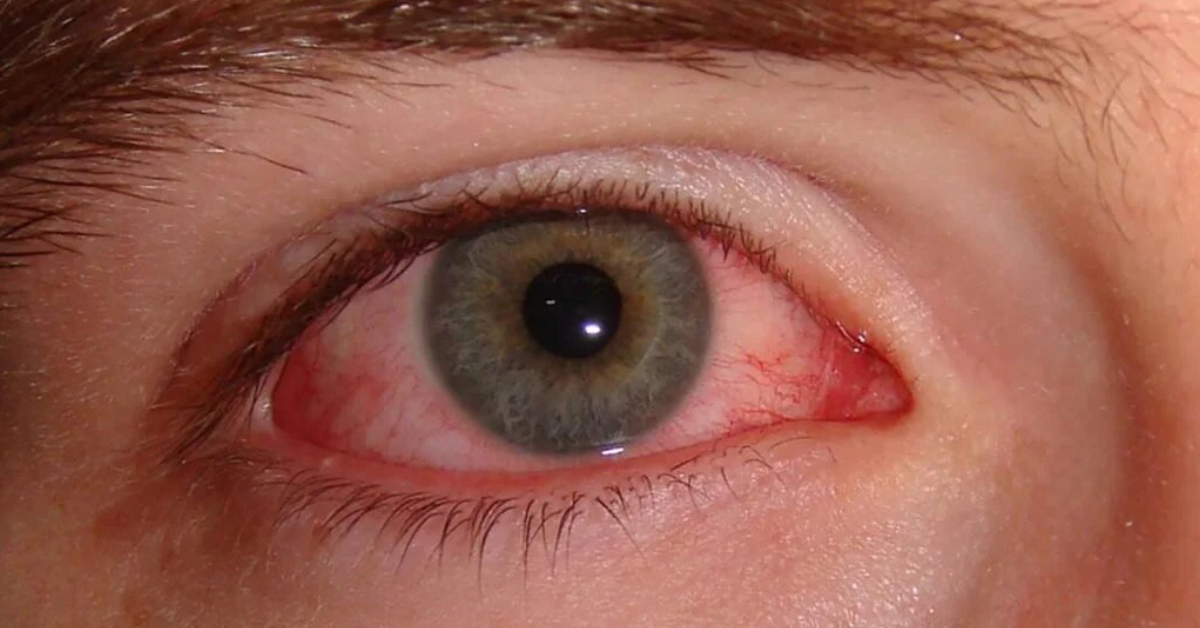
Pink eye also called conjunctivitis is usually easy for doctors to identify. However because its symptoms are similar to those of other eye issues it is sometimes incorrectly diagnosed. This article will explore various health problems that are often mistaken for pink eye, describing their unique features and the right ways to treat them.
Allergic Reactions
What is commonly misdiagnosed as pink eye includes allergic conjunctivitis. This condition shows symptoms such as redness, itching and watery discharge which are similar to those seen in viral or bacterial pink eyes. Allergic conjunctivitis usually affects both eyes and is often accompanied by other allergy symptoms helping to differentiate it from infectious types of pink eye.
Moreover, while pink eye might get better with antibiotic or antiviral treatments, allergic conjunctivitis usually improves with antihistamines and staying away from allergens that cause it. Knowing that it’s an allergy problem helps avoid wrong diagnoses and makes sure the treatment targets the real issue leading to faster relief and recovery.
Dry Eye Syndrome
Dry eye syndrome is another condition that is commonly misdiagnosed as pink eye. It happens when there are not enough tears or the tears are not good quality, causing symptoms such as eye irritation, redness and a gritty feeling in the eyes. These symptoms are similar to those seen in pink eyes.
Understanding the causes like environmental conditions or using screens a lot is important. Treatment involves using artificial tears and handling environmental factors which makes treating dry eye different from treating pink eye.
Blepharitis
Blepharitis, which involves inflammation of the eyelids often gets misdiagnosed as pink eye. It causes red, swollen eyelids and sometimes flaky debris and crust around the eyelashes looking similar to the discharge found in bacterial pink eye.
The main way to tell blepharitis apart from pink eye is to notice symptoms specific to the eyelids without the usual discharge seen with pink eye. Treatment often includes careful cleaning of the eyelids and may involve antibiotic ointments if there is an additional infection. This approach is different from the usual treatments for pink eye.
Corneal Abrasions
Corneal abrasions are also among what is commonly misdiagnosed as pink eye due to overlapping symptoms such as redness, severe pain and sensitivity to light. These abrasions occur when the cornea is scratched often from issues with contact lenses or direct trauma to the eye.
Immediate and different from pink eye, the pain and quick onset of symptoms after an incident are important signs that point to corneal abrasions. Treatment typically focuses on managing pain and making sure the cornea heals without getting infected which is quite different from how pink eye is treated.
Uveitis
Uveitis which is an inflammation of the middle layer of the eye can cause redness and discomfort similar to pink eye. However symptoms of uveitis also include blurred vision and noticeable pain when looking at bright lights, which are less common in pink eye.
Because uveitis is a serious condition so it is important to tell it apart from pink eye. Uveitis needs quick medical treatment to avoid permanent damage. Treatments may include steroids and drugs that suppress the immune system which are quite different from those used for pink eye.
Subconjunctival Hemorrhage
A subconjunctival hemorrhage, although it looks serious, is often mistaken for pink eye. It happens when a small blood vessel bursts under the surface of the eye creating a bright red patch. Unlike pink eyes there is no discharge or significant pain, just redness.
Usually a subconjunctival hemorrhage does not need any treatment because it gets better by itself. Teaching patients that this condition is harmless can help prevent unnecessary worry and treatment for pink eye.
Contact Lens Complications
Finally, problems from not using contact lenses correctly like contact lens-induced keratitis can be mistaken for pink eye. These issues may cause redness, irritation and discharge which are similar to symptoms of pink eye.
Identifying poor contact lens hygiene or overuse as the root cause allows for a different treatment approach. This focuses on correcting how lenses are used and may include antibacterial or antifungal treatments which are different from the usual therapies for pink eye.
In summary, understanding what is commonly misdiagnosed as pink eye is crucial for effective patient care. Accurate diagnosis ensures that each condition is treated appropriately avoiding unnecessary treatments and helping individuals recover more quickly.


